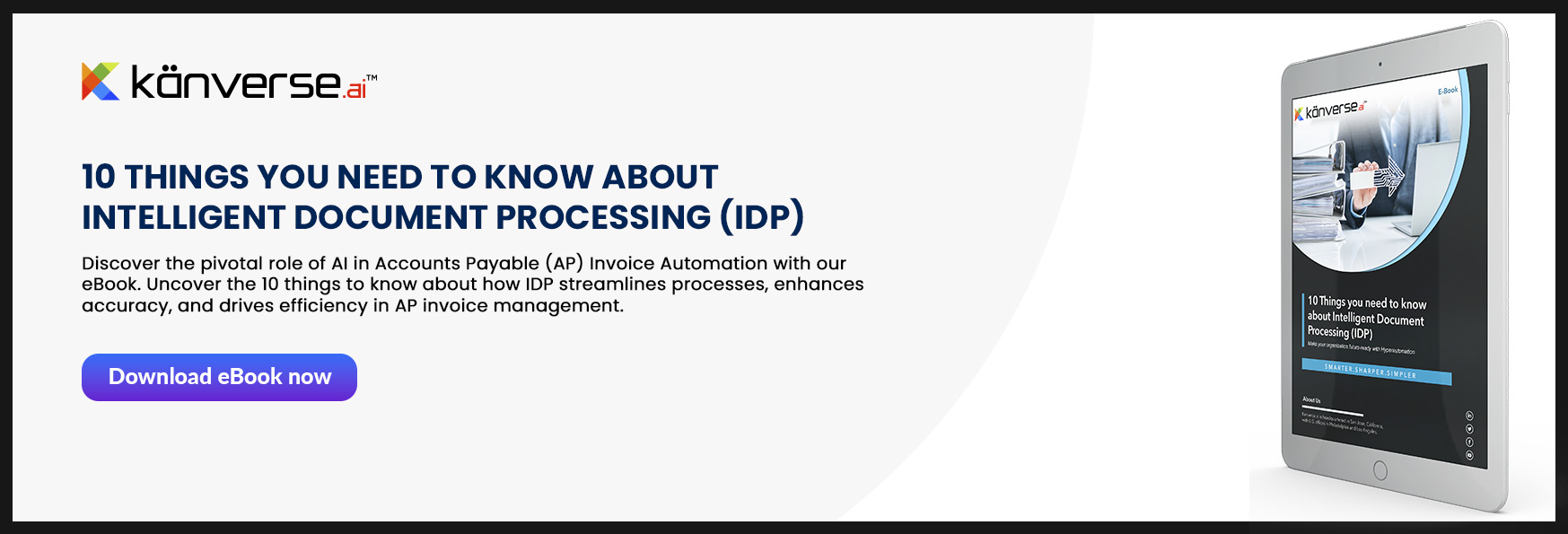
What is human-centered hyperautomation?
The article delves into the intersection of hyperautomation and human-centric principles, addressing concerns about the potential threat of automation to human roles. It discusses the evolution of automation, emphasizing the importance of incorporating humans in the loop to prevent technology from going astray. The distinction between human-attended automation, which involves humans as obligatory components but can slow down the process, and human-in-the-loop automation, where humans provide feedback to improve machine learning models, is explored. The piece then introduces hyperautomation as a burgeoning market set to reach nearly $860 billion by 2025, encompassing various technologies like RPA, AI, and process mining. The article argues for a human-centered AI approach, amplifying human capabilities while navigating the blurred lines between subjective qualitative decisions handled by humans and quantitative decisions managed by machines.
Concept of human-centered hyperautomation
The concept of human-centered hyperautomation is proposed as a synthesis of these principles, advocating for humans to delegate quantitative tasks to machines while retaining control over complex qualitative decisions. It underlines the importance of a supervisory role for humans, allowing them to assume control when necessary, especially in cases of anomalies or potential AI misbehavior. The article concludes by emphasizing the significance of creating a positive human experience to facilitate the adoption of AI-powered automation initiatives.
Want to know more
Read more here: What is human-centered hyperautomation? (fastcompany.com)


